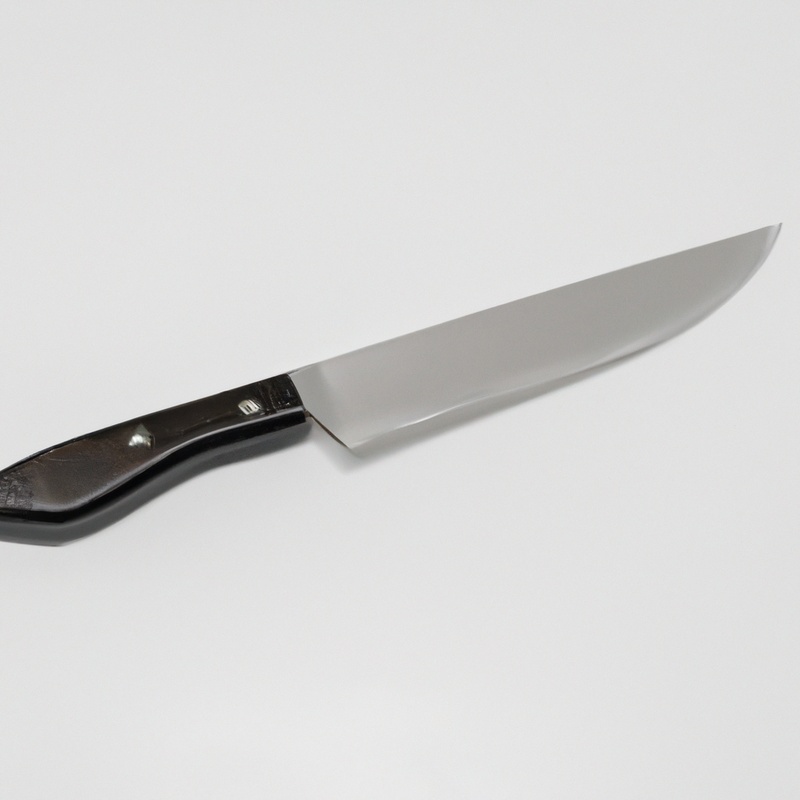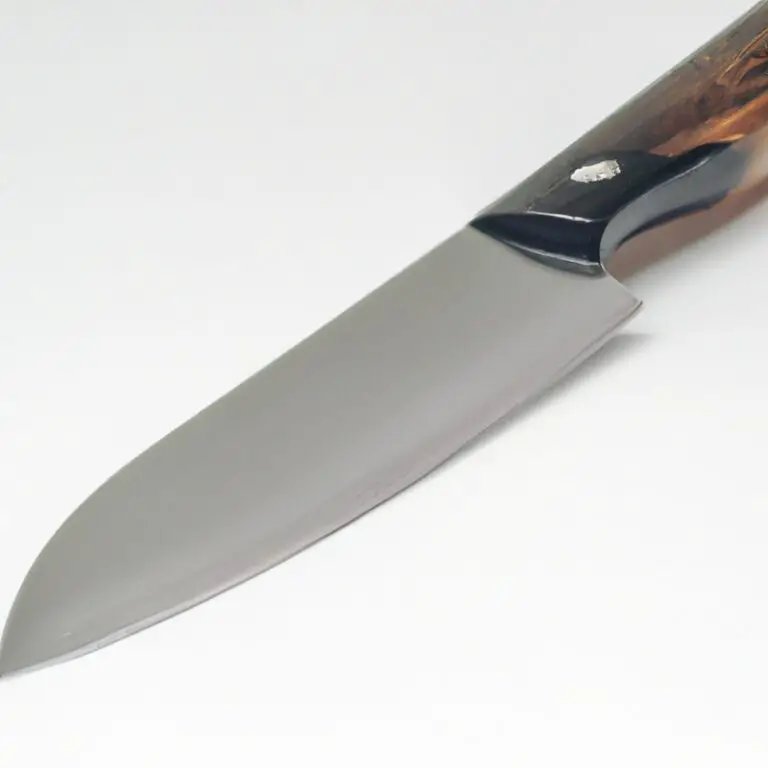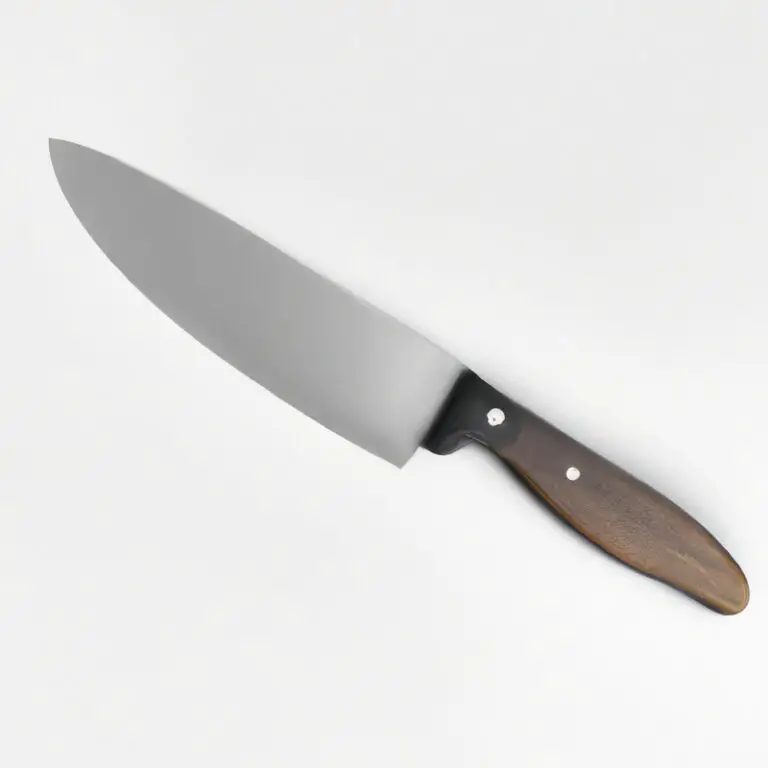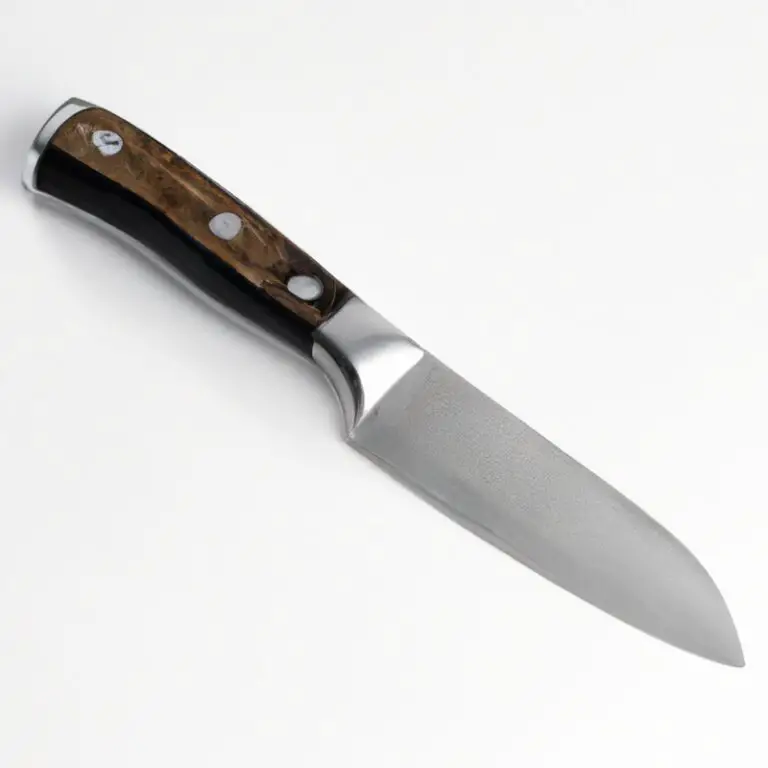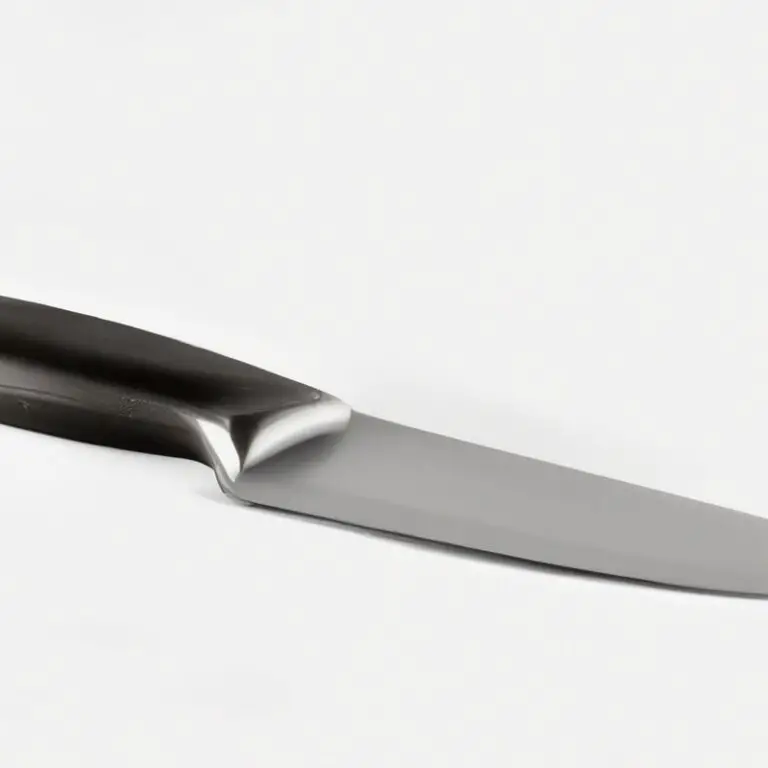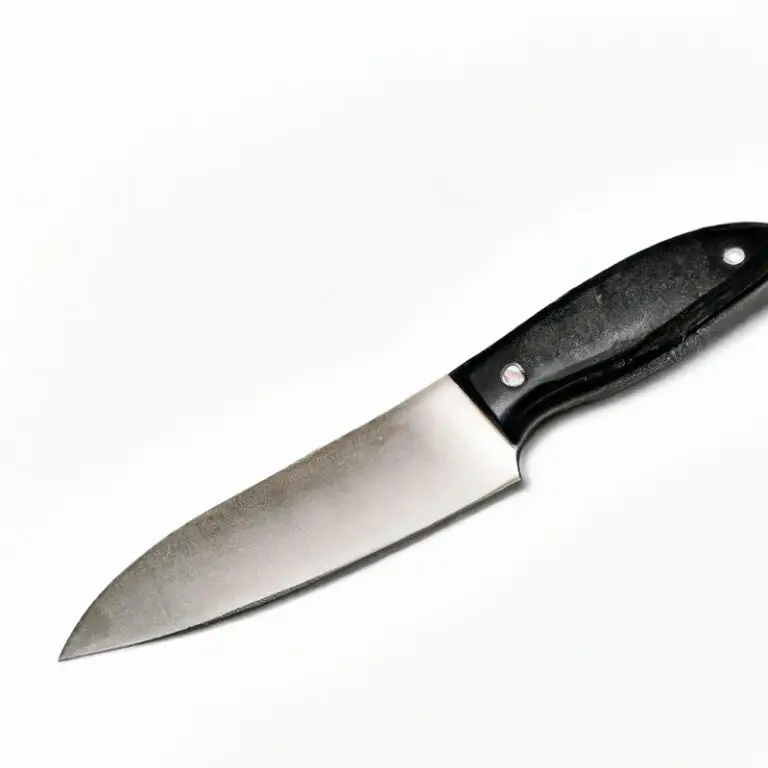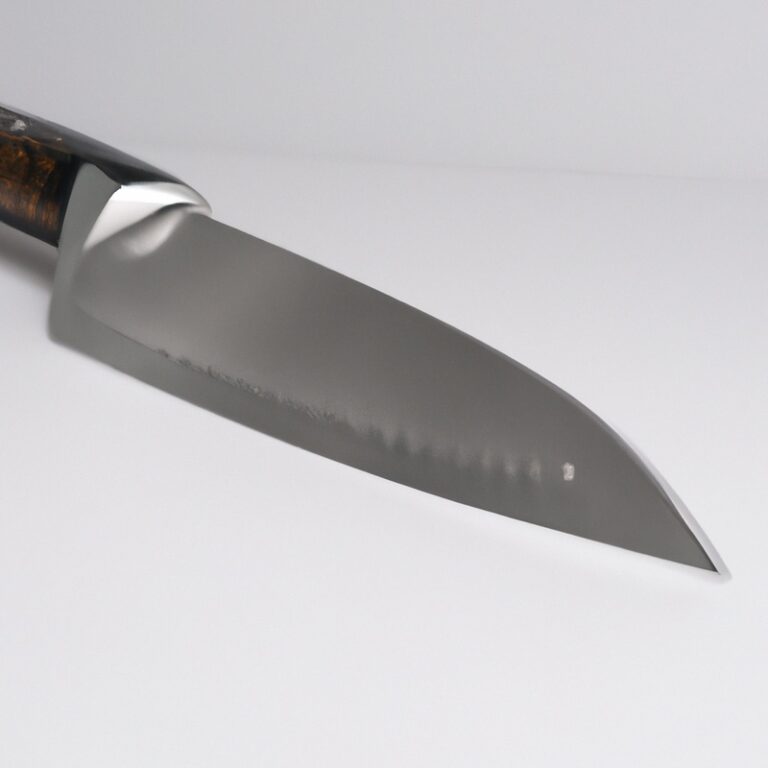What Are The Uses Of a Fillet Knife? Must-Have Kitchen Tool!
Key Takeaways:
- A fillet knife is a versatile kitchen tool that can be used for filleting fish, poultry, and meat.
- The flexible blade of a fillet knife allows for precise and clean cuts, making it ideal for delicate tasks such as removing skin and bones.
- When choosing a fillet knife, consider the size of the blade, the material of the handle, and the flexibility of the blade to ensure it fits your needs.
- Proper maintenance and sharpening of your fillet knife will ensure it remains a reliable tool in your kitchen for years to come.
If you’re passionate about cooking, hunting, camping or just love the outdoors, you’ve probably come across the versatile fillet knife. Don’t let its name fool you, this sharp and flexible tool has uses beyond just filleting fish.
From precise cuts on fruits and vegetables to removing silverskin from meat, a fillet knife is a must-have in any kitchen or campsite.
In this article, we’ll explore the different uses of a fillet knife, including preparing seafood, meat processing, cheese preparation, cake decoration, whittling, and more. So, let’s dive in and discover the various ways you can utilize a fillet knife to make your life easier.
| Uses of a fillet knife | |
| 1. | Removing bones from fish |
| 2. | Trimming meat |
| 3. | Cutting poultry |
| 4. | Skinning game |
| 5. | Slicing fruits and vegetables |
Cleaning Fish: Removing Bones
To effectively clean fish, removing the bones is crucial, as it can affect the taste and texture of the fish. A fillet knife is the best tool to use for removing bones since it allows for a precise and quick removal.
First, use the fillet knife to remove the skin from the fish, then make an incision along the spine and carefully run the knife along the rib cage to separate the flesh from the bones.
Repeat the process on the opposite side of the fish. To get rid of any remaining bones, use a pair of tweezers or pliers to pull them out.
With a fillet knife, this job can be done easily and efficiently, resulting in perfectly deboned fish fillets.
Preparing Seafood: Scaling and Skin Removal
To prepare seafood for cooking, scaling and skin removal are important tasks that require a fillet knife. To scale the fish, hold it firmly by the head and scrape the scales off with the sharp edge of the knife.
Make sure to remove all the scales, as they can be unpleasant to eat and ruin the texture of the fish.
Next, remove the skin of the fish by cutting along the length of the fillet, just above the skin. Holding the skin tightly, slide the blade of the knife between the skin and flesh, making sure to keep the blade angled towards the skin.
Using a back-and-forth sawing motion, work the knife along the length of the fillet until the skin is completely removed.
Be careful not to cut away too much of the flesh while removing the skin. A sharp, flexible fillet knife is ideal for this task, as it ensures precision and control.
With practice and patience, scaling and removing skin from fish can be done quickly and efficiently.
Meat Processing: Removing Tendons and Silverskin
Meat Processing involves removing tendons and silverskin from meat pieces using a fillet knife. Tendons are tough fibrous tissues that run through the meat.
Silverskin, on the other hand, is the thin, shiny membrane covering the muscle.
Both can make the meat taste unpleasantly chewy or tough. Removing tendons and silverskin using a fillet knife will allow you to prepare tender and more flavorful meat.
Fillet knives come with thin and flexible blades, perfect for meat processing, and can remove the tendons and silverskin without damaging the meat.
Fruits and Vegetables: Precise Cuts and Trimming
A fillet knife is a versatile tool that is not only used for deboning fish, but it can also be used for precise cuts and trimming of fruits and vegetables. With its long, flexible blade and sharp edge, it can make quick work of removing the stems, cores, and seeds from your produce, as well as creating consistent, even slices for presentation purposes.
Whether you need to trim the edges off of strawberries, carve out the inside of a bell pepper, or remove the inedible parts of a pineapple, a fillet knife is a useful addition to any home cook’s arsenal.
The precise cuts and trimming offered by a fillet knife make it especially useful for creating thin and delicate garnishes, such as finely chopped herbs or thin slices of citrus fruit. With this tool, you can create beautifully decorated plates of fruits and vegetables that will look as good as they taste.
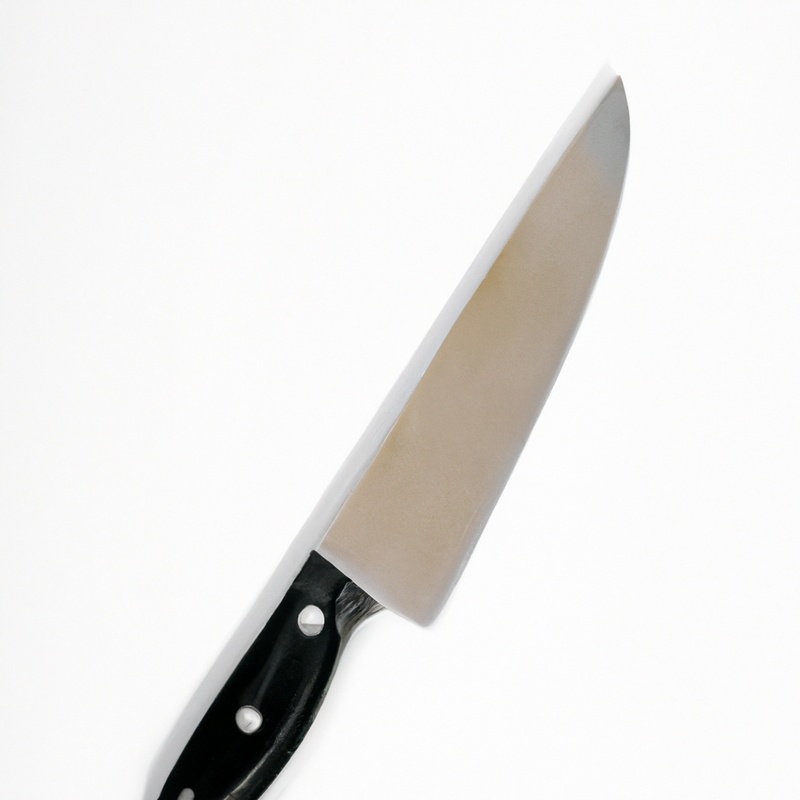
Slicing Meat: Cutting Thin Pieces for Cooking
Slicing meat into thin pieces is a crucial step in cooking various dishes. A fillet knife is a perfect tool for this job.
This knife is designed with a long, thin, and flexible blade that makes it easy to slice meat into thin pieces without damaging it.
Whether you’re preparing stir-fry or cutting meat to make jerky, a fillet knife ensures precise and even cuts. To slice meat effectively, you should first ensure that the meat is chilled and the blade of the fillet knife is sharp.
A dull blade will make uneven cuts and damage the meat, resulting in a poor-textured dish.
Once the meat is chilled and the blade is sharpened, hold the fillet knife at a 45-degree angle to the meat, and make long, even strokes to slice it thinly. Slicing meat with a fillet knife also helps to remove any excess fat or connective tissue that can be tough when cooked.
This method of meat preparation enhances the taste and texture of the dish while making the cooking process faster and more efficient.
With a fillet knife, you can easily slice meat into the desired thickness for your recipe, making it easier to cook evenly and to your liking. By using a fillet knife to slice meat into thin pieces, you can prepare high-quality dishes with a superior texture and taste.
Remember to take proper care of your knife to maintain its sharpness and effectiveness.
Hunting: Skinning and Quartering Game Animals
One of the primary uses of a fillet knife is for hunting, specifically for skinning and quartering game animals. Skinning an animal requires precision to remove the hide without damaging the meat.
The fillet knife’s sharp and flexible blade can slide easily between the skin and flesh, making it ideal for this task.
A fillet knife can also be used to quarter the animal, separating it into smaller, more manageable pieces for transportation and storage. With its longer blade, a fillet knife can easily cut through bones and joints, allowing for clean and precise cuts.
When hunting, a fillet knife is a useful and essential tool for processing game animals.
Cheese Preparation: Cutting Soft Cheese Without Smearing
Soft cheese can be tricky to cut without it sticking to the knife or smearing. A fillet knife has a narrow blade that can make precise cuts and minimize smearing.
To cut soft cheese, start by straightening the blade, then place it on the cheese’s edge and drag it through the cheese in one motion.
Do this for each slice, ensuring that the blade is cleaned between each cut. This technique will result in perfect slices of soft cheese, without any smearing or sticking to the knife.
Cake Decoration: Creating Smooth Edges and Layers
Creating smooth edges and layers is an essential aspect of cake decoration that requires precision and accuracy. A fillet knife can help achieve this by allowing smooth cuts through cakes and creating even layers.
A sharp blade ensures that the cake stays intact and doesn’t crumble or break while trimming.
It also ensures that the layers are straight and even, helping you achieve a professional finish. Additionally, using a fillet knife can help cut through buttercream or frosting without lifting it, creating cleaner edges.
When using a fillet knife for cake decoration, ensure that the blade is sharp, and handle the knife with care to avoid accidents.
Overall, a fillet knife is a handy tool that can significantly improve cake decoration by creating smooth edges and clean layers.
Whittling: Sharpening and Carving Wood
Whittling is the process of carving wood into a shape using a small knife or chisel. Sharpening and carving wood is an art form that requires skill and patience, but once mastered, can lead to beautiful and intricate creations.
Whittling involves removing wood in specific areas to create a desired shape or design.
The process requires good quality sharp tools to ensure precision and accuracy. A fillet knife can make a great tool for whittling due to its sharpness and flexibility, enabling users to create intricate details on their wood carving projects.
With the right technique, a fillet knife can carve designs that a regular pocket knife cannot achieve.
For those interested in learning how to whittle, it is important to invest in a quality fillet knife and take time to master sharpening and carving techniques.
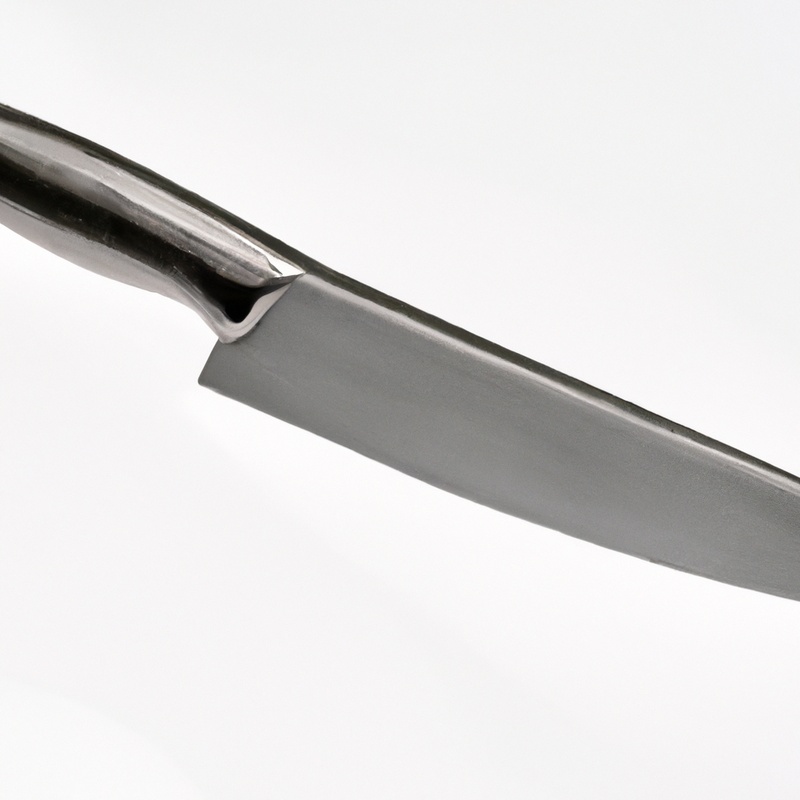
Camping: Preparing Meals and Processing Wood
When going camping, a fillet knife can be a useful tool for preparing meals and processing wood. For meal prep, a fillet knife can be used for filleting fish, trimming meat, and slicing fruits and vegetables.
Its sharp, flexible blade makes it easy to maneuver around bones and joints, resulting in clean cuts.
In terms of processing wood, a fillet knife can be used for whittling, sharpening sticks, and processing tinder. Its sharp edge and pointed tip make it ideal for intricate carving, while its size makes it easy to carry and store.
Overall, a fillet knife is a versatile tool that can come in handy during camping trips.
It’s important to keep it sharp and clean for optimal use, and to exercise caution when handling it to prevent accidents.
Final Verdict
A fillet knife is an indispensable tool in any kitchen, camping trip or hunting expedition. With its sharp and flexible blade, it excels at removing bones from fish, scaling and skinning seafood, processing meat, cutting precise shapes on fruits and vegetables, and carving cheese and cake with precision.
Additionally, it is an essential tool for woodworkers and campers who need to sharpen and whittle wood to make tools, furniture or campfire fuel.
Regardless of the task at hand, a good fillet knife will make the work easier, faster and more enjoyable. Remember, a sharp and well-maintained fillet knife is not only a pleasure to use, but also a safe and reliable tool that can last for years with proper care.
Invest in a good fillet knife today and experience the difference it can make in your culinary, camping or woodworking adventures.
Trust me: once you try it, you won’t go back. Happy filleting!

